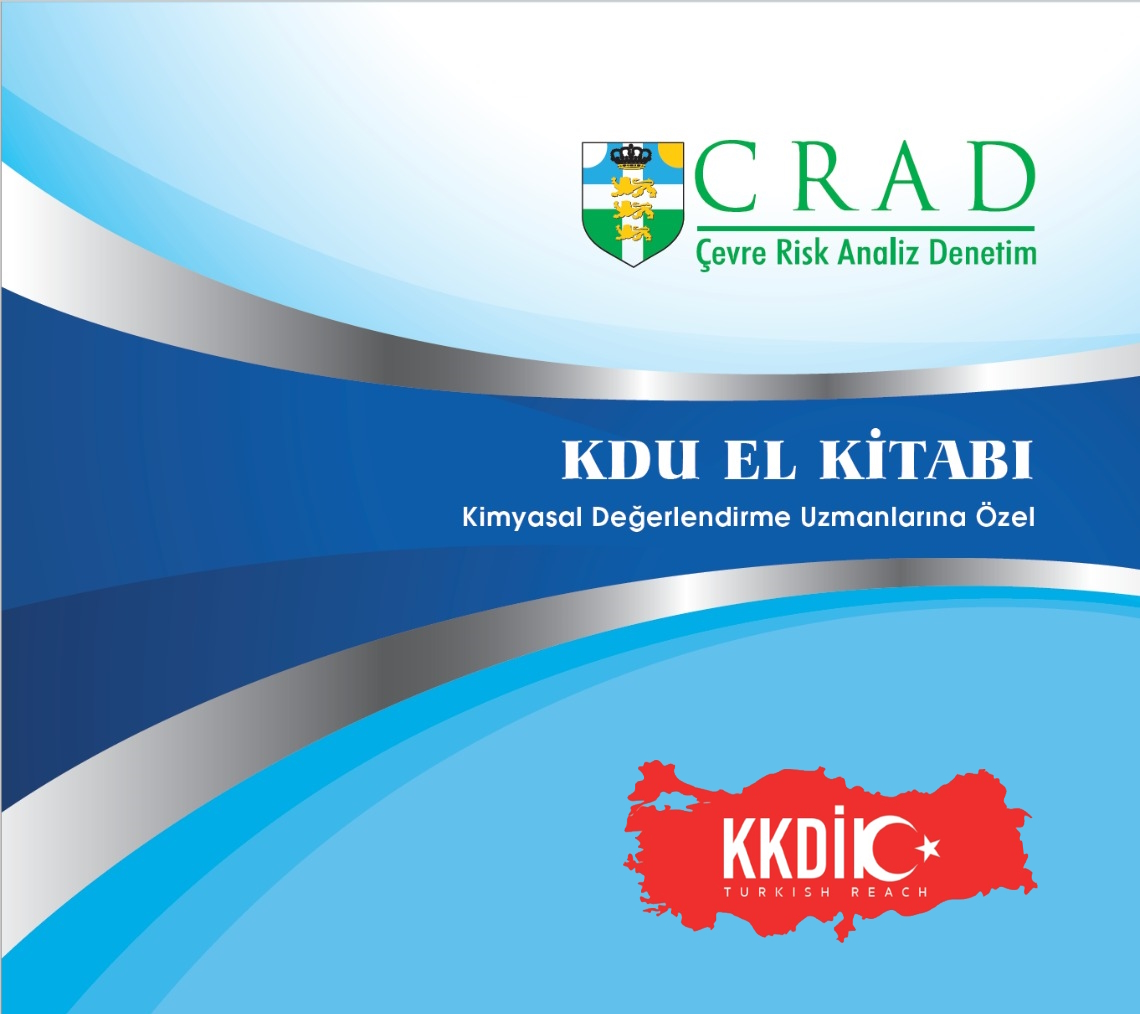REACH COMPLIANT SDS (SAFETY DATA SHEET)
Content addition date : 07-01-2025
Regulation (EC) No 1907/2006 (REACH) is a legal EU regulation that provides information on the determination, indication, precautions against the hazards of chemicals and the creation of their inventory and enforces it on the industry. It also determines the procedures and principles for the preparation of Safety Data Sheets (SDS).
Annex 2 of the REACH Regulation provides information on the format, headings and preparation procedures of SDSs. It is mandatory to prepare SDSs in accordance with REACH Annex-2. In this way, the same rules are applied for an SDS in all EU countries, and it is ensured that everyone understands it. In addition, it is ensured that the SDS is prepared with more qualified information.
The rules regarding the preparation of SDSs are changing and developing due to new studies on substances and up-to-date information obtained. The EU Official Journal Eurlex brings us these updates. Therefore, it is important and necessary to follow the updates made on REACH Annex-2 in order to prepare a REACH-compliant SDS.
The key points required for an SDS to be REACH compliant are:
♦ It should be prepared with the format and content specified in REACH Annex-2 and its updates.
♦ All headings and subheadings must be filled in and cannot be left blank.
♦ Preparation date, revision date and revision number must be stated.
♦ The REACH registration number of substances that have a REACH registration obligation must be added.
♦ The determination of the hazards of the chemical must be in accordance with Regulation (EC) No. 1272/2008 - CLP.
♦ Information regarding the transportation of the chemical must be determined in accordance with the books of international transportation modes (ADR, ADN, ICAO, IATA, IMDG).
♦ The SDSs of hazardous substances registered for REACH, for 10 tons or more, must include an exposure scenario annex. These SDSs are called extended SDSs (eSDS).
♦ Risk management measures (RMM) and operating conditions (OC) must be defined in the SDSs of mixtures classified as hazardous. This can be done in 3 different ways;
- Adequate risk management measures and operating conditions can be described in all other headings of the mixture SDS, particularly section 8.
- SUMI (Safe Use of Mixtures Information) for the mixture can be prepared and added as an appendix to the mixture SDS.
- Among the hazardous substances specified in section 3 of the mixture SDS, those that are appropriate for the area of use of the mixture product are separated from their own exposure scenarios and added as an appendix to the mixture SDS.
















